How to get rid of bed bugs — everything you need to know
Here’s how to get rid of bed bugs step-by-step
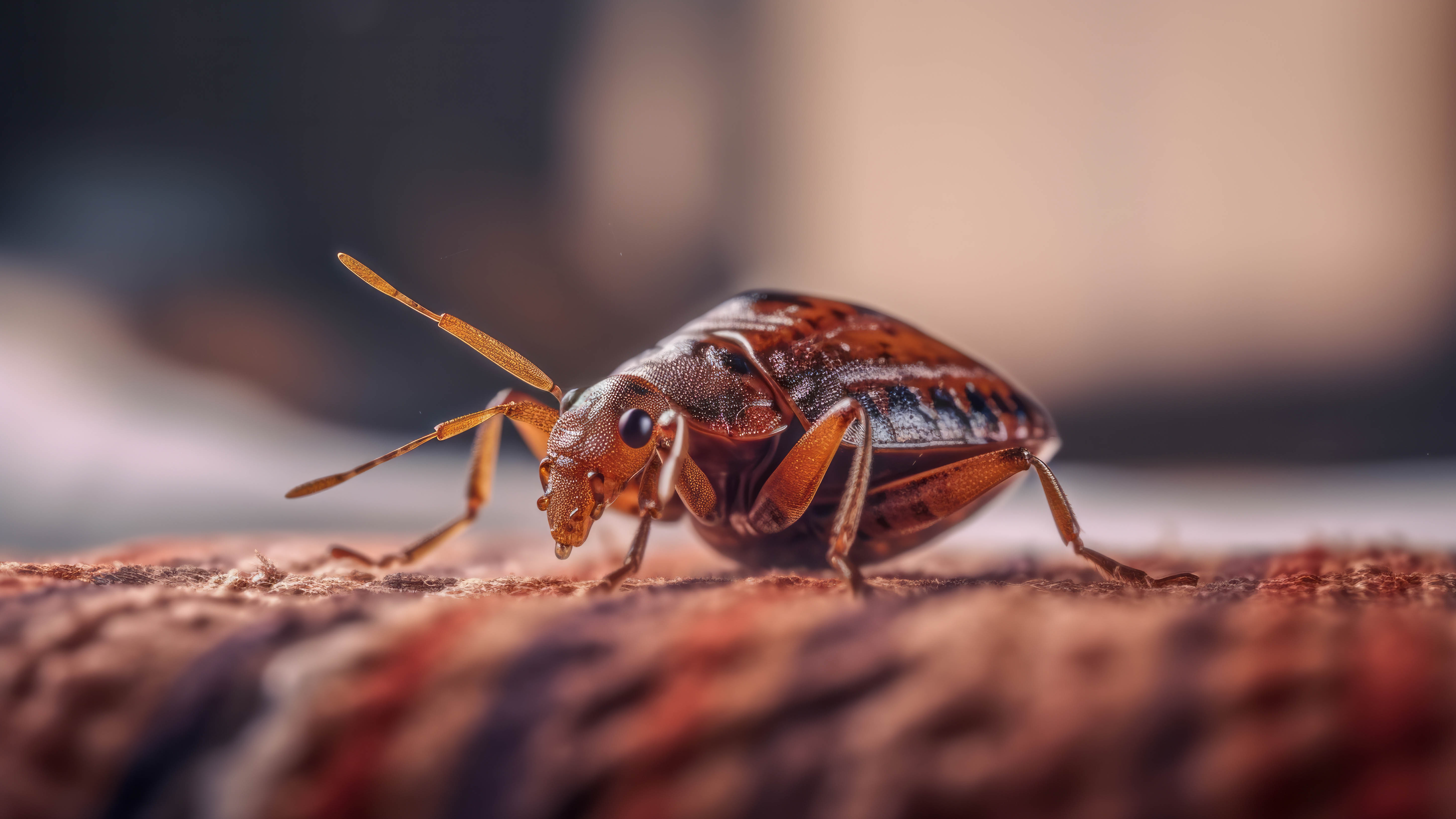
It seems everyone is looking up how to get rid of bed bugs at the moment. Since the recent outbreak of these pests in Paris, they’ve been a top concern for those living in bustling cities. Bed bugs can travel easily on inanimate fabrics and textiles, such as suitcases and backpacks, which has led to fears of unknowingly bringing bed bugs into the home.
In spite of this resurgence, bed bugs have always been a problem and more than a nuisance, particularly in hotels. They tend to hide a close distance from where you rest, typically the bed, and bite to feed on your blood at night, resulting in small and inflamed pimples, which can become itchy. This is one of the 7 telltale signs of bed bugs in your home.
While bed bugs don’t carry disease, they can lead to skin irritations as well as infections. Plus, they’re not hygienic to have around the home. And if not dealt with promptly, they can multiply and become all the more difficult to remove.
If you suspect you’ve got bed bugs, don’t worry — we will take you through the best methods to eradicate these pests, both chemical and non-chemical options included. We will also answer any questions you might have along the way, such as where have the bed bugs come from and how to tell if you have them.
What are bed bugs?
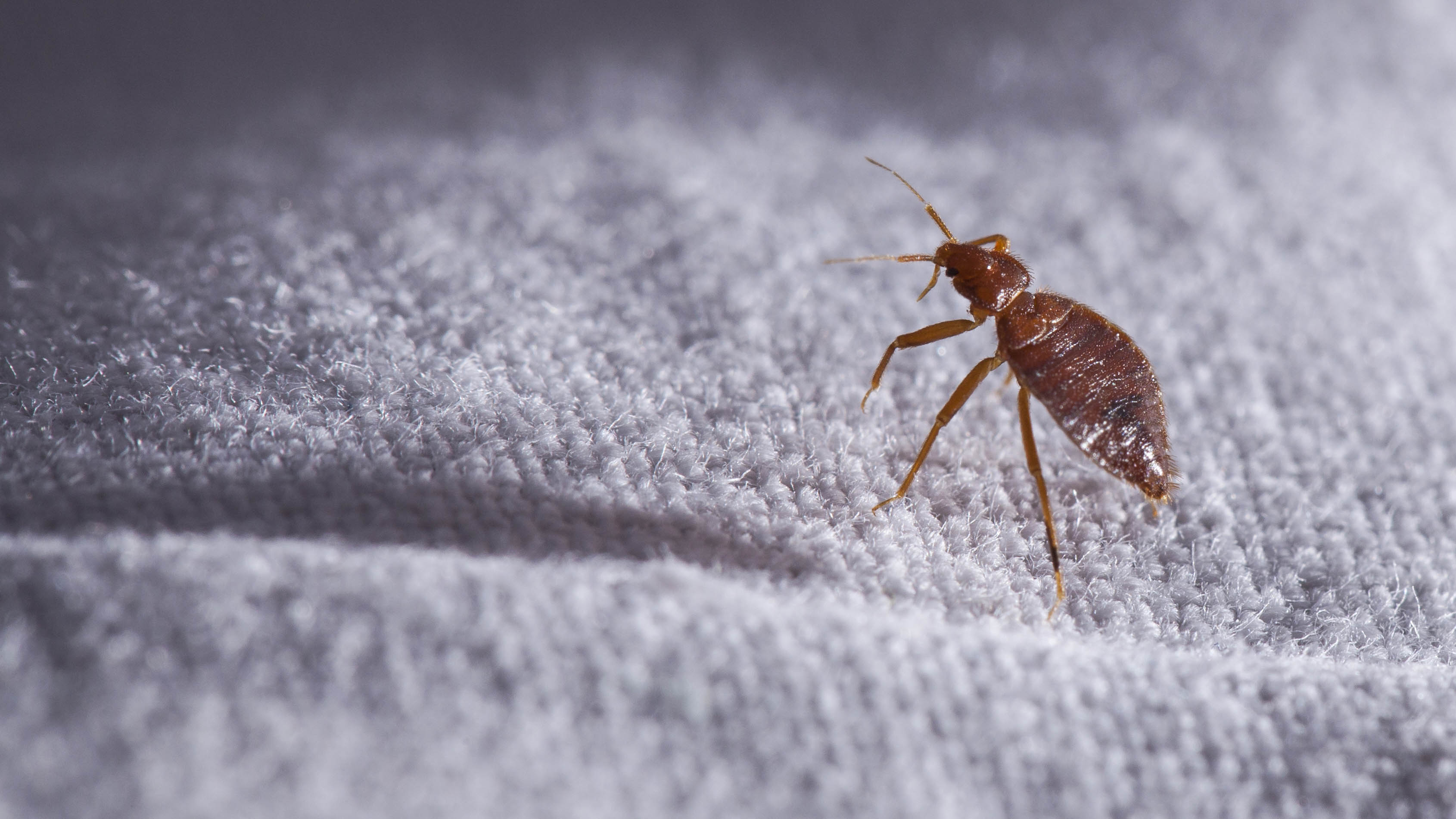
Bed bugs or cimex lectularius are tiny insects, about 5mm in length, which feed on the blood of humans and animals. They’re flat with an oval-shaped body and appear a reddish-brown color. Because of their size, they’re difficult to see unless in large groups, and they like to hide in concealed spaces — although they’re most commonly found around the bed.
Bed bugs use the blood to grow and reproduce, and with females laying up to 250 eggs in a lifetime, a small problem can quickly turn into an infestation. These parasites do not transmit disease, but they are a health concern and so need to be dealt with swiftly.
Where do bed bugs come from?
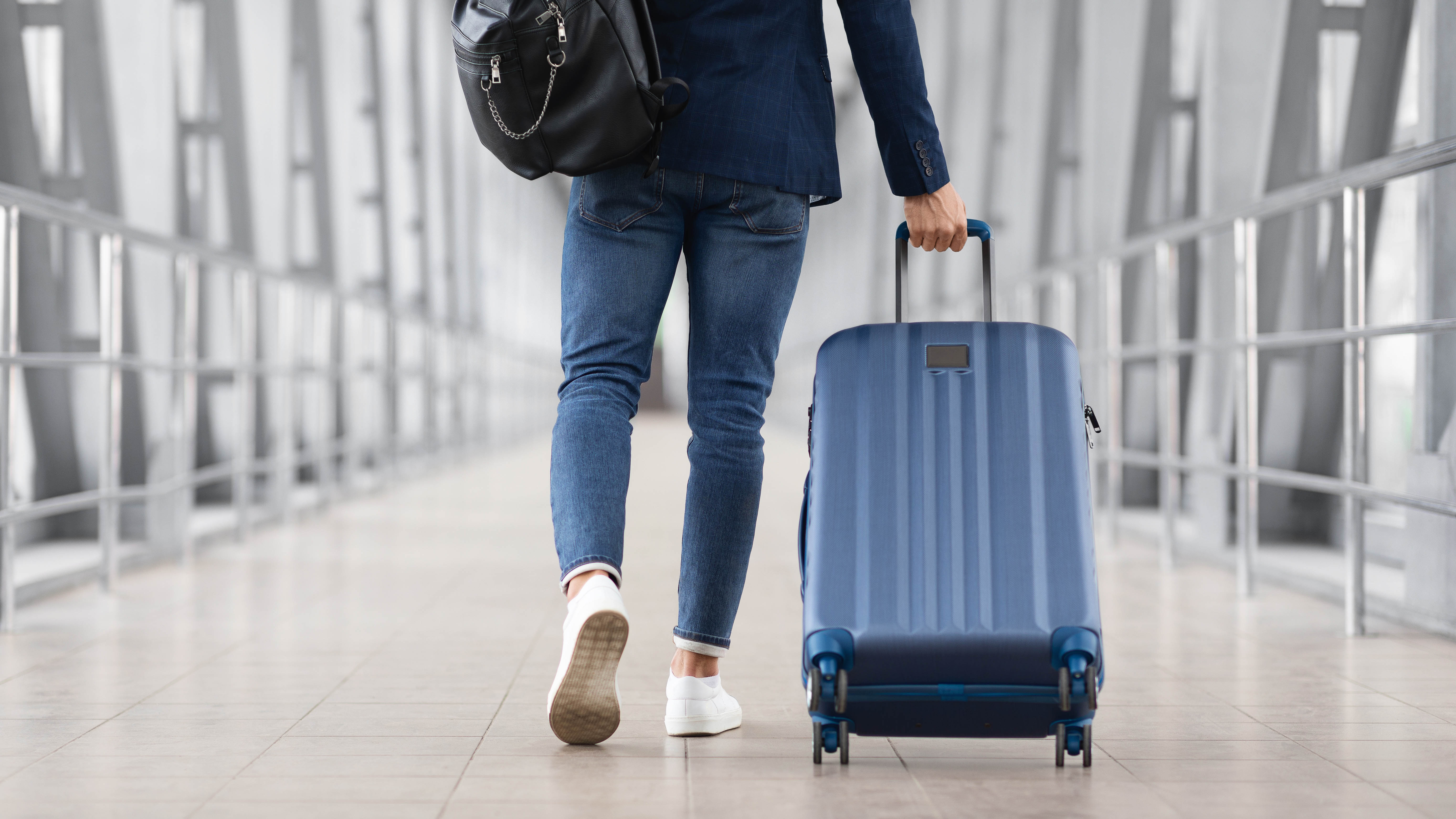
First of all, let’s look at what actually attracts bed bugs to your home. It has nothing to do with the level of dirt — while clutter can provide additional hiding spaces, a clean home is just as susceptible to bed bugs as a dirty one.
Sign up to get the BEST of Tom's Guide direct to your inbox.
Get instant access to breaking news, the hottest reviews, great deals and helpful tips.
Bed bugs are, in fact, attracted to blood, warmth and carbon dioxide, which means anyone can become a potential food source for these pests. We tend to exhale carbon dioxide while sleeping, which is why bed bugs come out at night. And seeing that they will only feed while you rest, preferring to hide in the interim, the bed or even the sofa makes for an appealing environment to set up shop. Even the best mattress won’t be able to keep these pests at bay. On the plus side, your pets are unlikely to carry them in, as bed bugs don't live on animals.
Confused as to how you got bed bugs in the first place? There’s actually many ways these pests can be introduced to your home. We’ve listed a few of them here:
- Clothes — Bed bugs can easily travel on textiles which aren’t in immediate use, such as clothes in a suitcase or backpacks. They’re unlikely to travel directly on the clothes you’re wearing, due to the aggressive movement and intense body heat. But, this does put clothes you purchase in thrift shops as well as retail stores at risk. It’s through this method that bed bugs are so easily spread to and from hotels and even from your guests.
- Furniture — Textiles include the likes of furniture as well. Second hand furniture in particular can carry bed bugs from a previous home. Mattresses, couches and even curtains, amongst others, can all contain bed bugs, so be sure to thoroughly inspect and steam any fabrics you bring in.
- Neighbors — If you share walls with a neighbor, and it turns out they have bed bugs, there’s a possibility that they can spread into your home via crevices, such as power outlets and even light switches. Avoid physical contact with your neighbor during this time, but keep in touch via phone or email to reassure them and to get updates on the progress. Check your home thoroughly and regularly for bed bugs while they’re being eradicated, and take care not to carry them in from your communal hallway via your shoes — don’t place items on the floor here for the same reason. Contact your landlord to decide whether further action or an inspection is required with your unit. Follow some of the preventative measures below if you're concerned in the interim, such as vacuuming, washing linens and laying traps.
For more ways bed bugs can travel, check out 5 ways bed bugs can invade your home.
How can I tell if I have bed bugs?
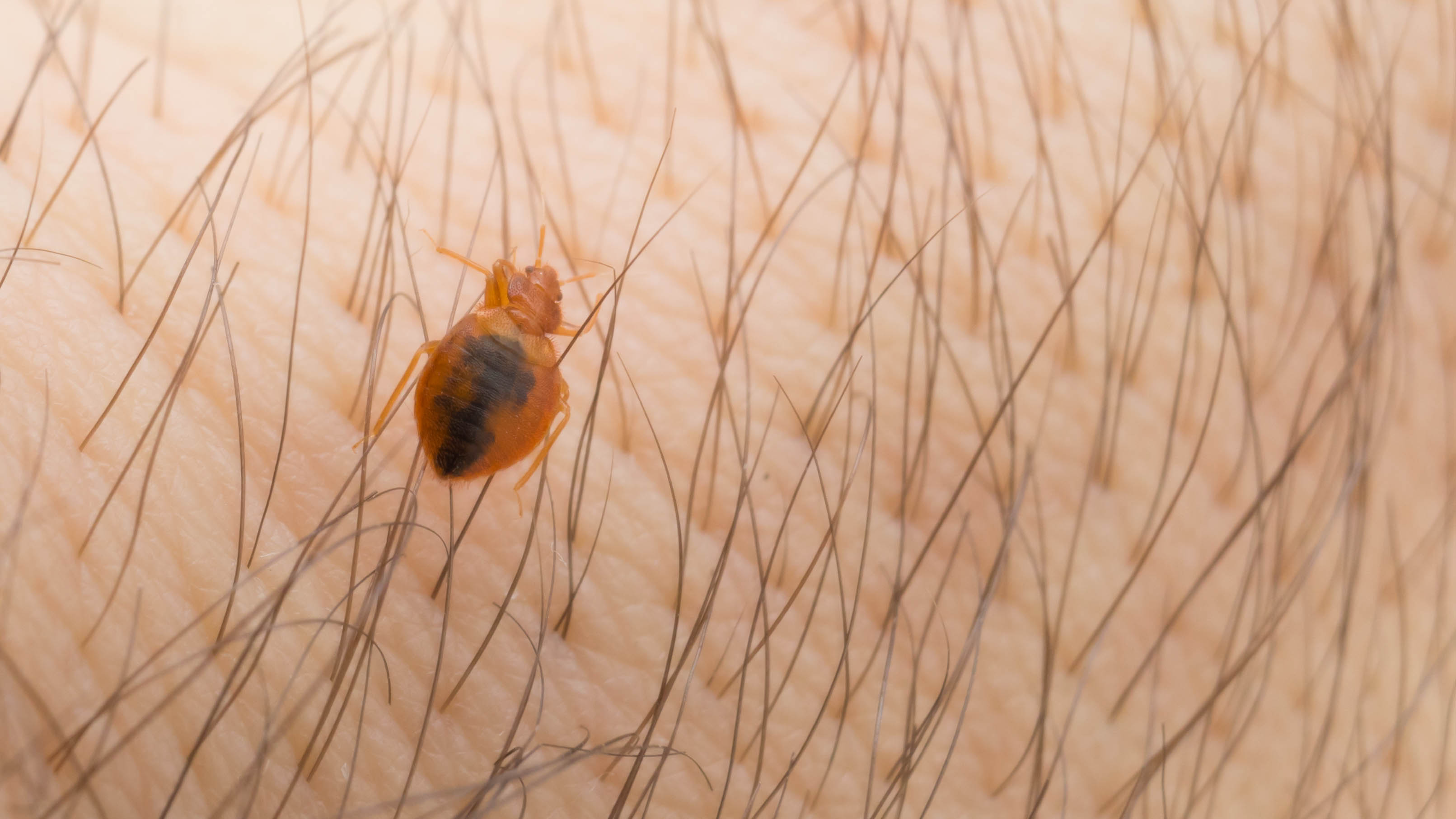
If you suspect bed bugs, you should investigate immediately — the earlier you catch it, the better. If left untreated, bed bugs can quickly multiply into an infestation which is much more complex and costly to deal with. And be aware of bed bugs when traveling or staying outside the home. Use these 7 tips to check your hotel mattress for bed bugs, to avoid bringing back the unwanted pests.
The first sign of bed bugs, which most will be aware of, are bites. Once these parasites have finished feeding, they can leave behind a small mark on your skin, or even a rash. However, these bites can’t be distinguished from other common insect bites, and some people may not react at all. For this reason, you shouldn’t assume you have bed bugs based on bites alone.
You should look for physical evidence of bed bugs, which can include any of the following:
- Dark red stains on your sheets, which could be crushed bed bugs, and your blood!
- Yellow shed skins and eggshells can also be seen, although these will be tiny (about 1 mm in length)
- The feces of bed bugs look like tiny black spots, and these can be easy to spot on white bed sheets
- A musty odor may be present
- You may spot the bed bugs themselves — while small they’re not invisible to the eye
How to get rid of bed bugs
Both chemical and non-chemical treatments are available to get rid of bed bugs. We will take you through what you can do yourself before hiring a professional exterminator.
1. First, check around your home to determine the extent of the problem. Are the bed bugs contained in your bedroom, or is there evidence under the couch cushions? Popular areas to check include:
- The seams of the mattress
- In the seams of any chairs or couches, including under the cushions
- Under loose wallpaper
- In the joints of any drawers or furniture
- Where the carpet meets the wall and where the wall meets the ceiling
- Around electrical outlets
- Any crevices on the walls
2. Now you know where the bed bugs are, you need to stop them from spreading any further. Clear out any immediate garbage from the room by sealing it in a plastic bag before throwing it away. If you want to move items out of the room, be aware that you should seal it first as it could be infested.
3. Next, vacuum up any immediate bed bugs using one of the best vacuum cleaners. Vacuum both sides of your mattress as well as inside your closet, dresser and anywhere else you believe to be infested. Don’t forget the carpet too!
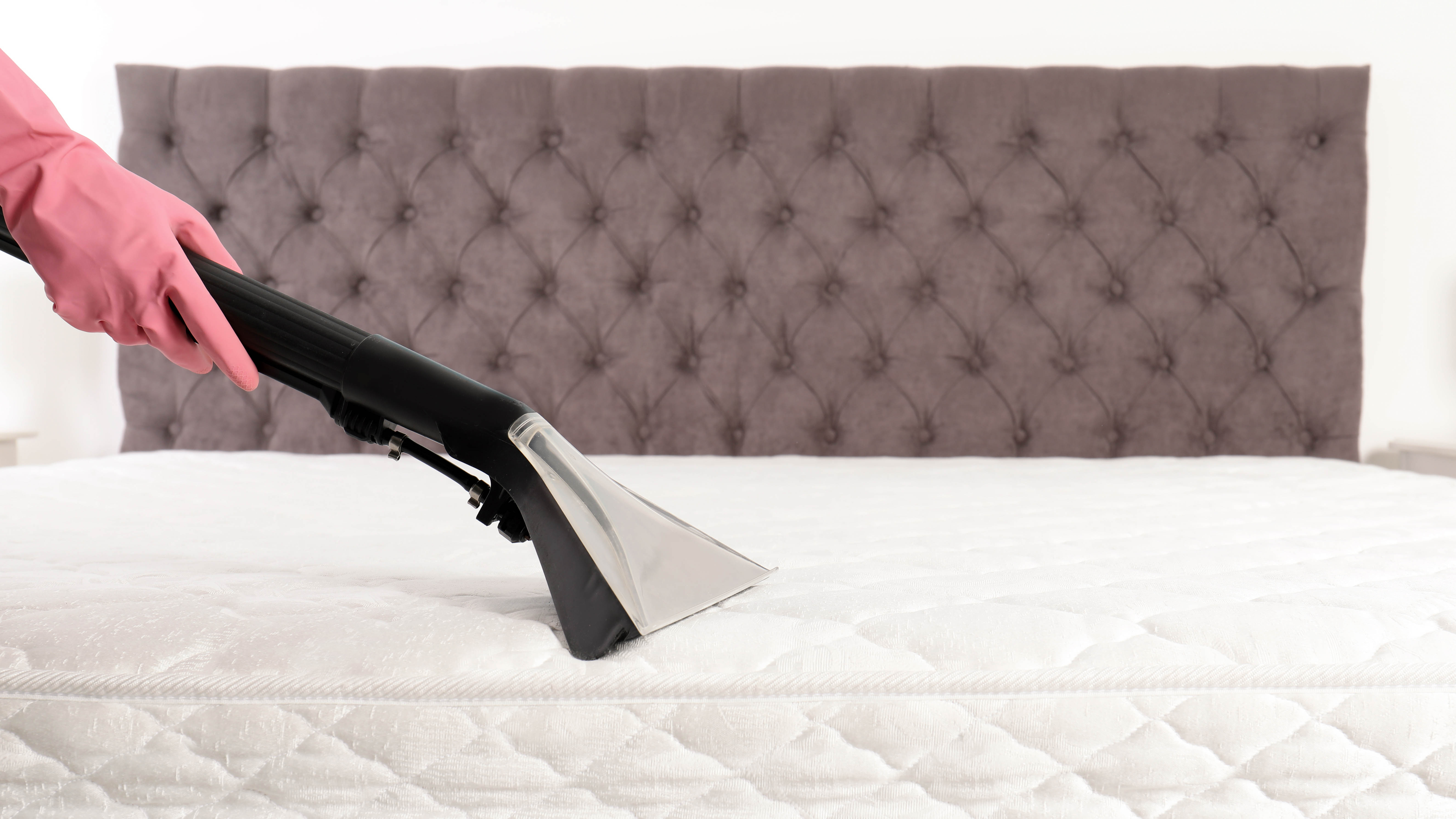
3. Once you’ve done that, empty and seal the vacuum canister's contents into a plastic bag and throw it away in an outdoor trash can. Keep in mind that vacuuming won’t exterminate the bed bugs, but it will keep the numbers down.
4. Now, you want to wash and launder all infested linens on the hottest cycle allowed in your washer and dryer. This includes bed sheets, clothes, soft toys and upholstery. If the item isn’t suitable for machine washing, you can also use steam, which is just as effective.
Now that you’ve reduced the numbers, it’s time to kill any unhatched and remaining bed bugs. There are a couple of methods you can try before resorting to chemicals. Not all will work depending on your circumstances, but each are worth considering.
Non-chemical methods of killing beg bugs

1. Heat — High temperatures will kill bed bugs, so if you can contain the infested contents, you can run them through the washer and dryer on a high heat setting. You could also use a portable heat chamber for larger items, such as the ZappBug Room Bed Bug Heater ($1,695, Amazon). Professionals can also treat homes with heat if the problem is more severe.
2. Cold — Cold temperatures will also kill bed bugs. Once again, you need to contain the infested items in a sealed bag and, this time, use your freezer to kill them. Your freezer would need to be set to 0°F and the bag would need to sit for a minimum of four days for it to be effective, so this isn’t the most convenient method.
3. Steam — As mentioned earlier, steam is a very effective method of killing bed bugs. Steam can penetrate deep into crevices and carpet, meaning it’s got good reach. However, the temperature needs to be at least 130°F and you don’t want the air flow to be too powerful or it can blow bed bugs away. Steamers can be used on many surfaces including mattresses, couches and carpets, but be careful around electrical elements, such as sockets. If you don’t own a steamer, we recommend the Dupray Neat Steam Cleaner ($149, Amazon)
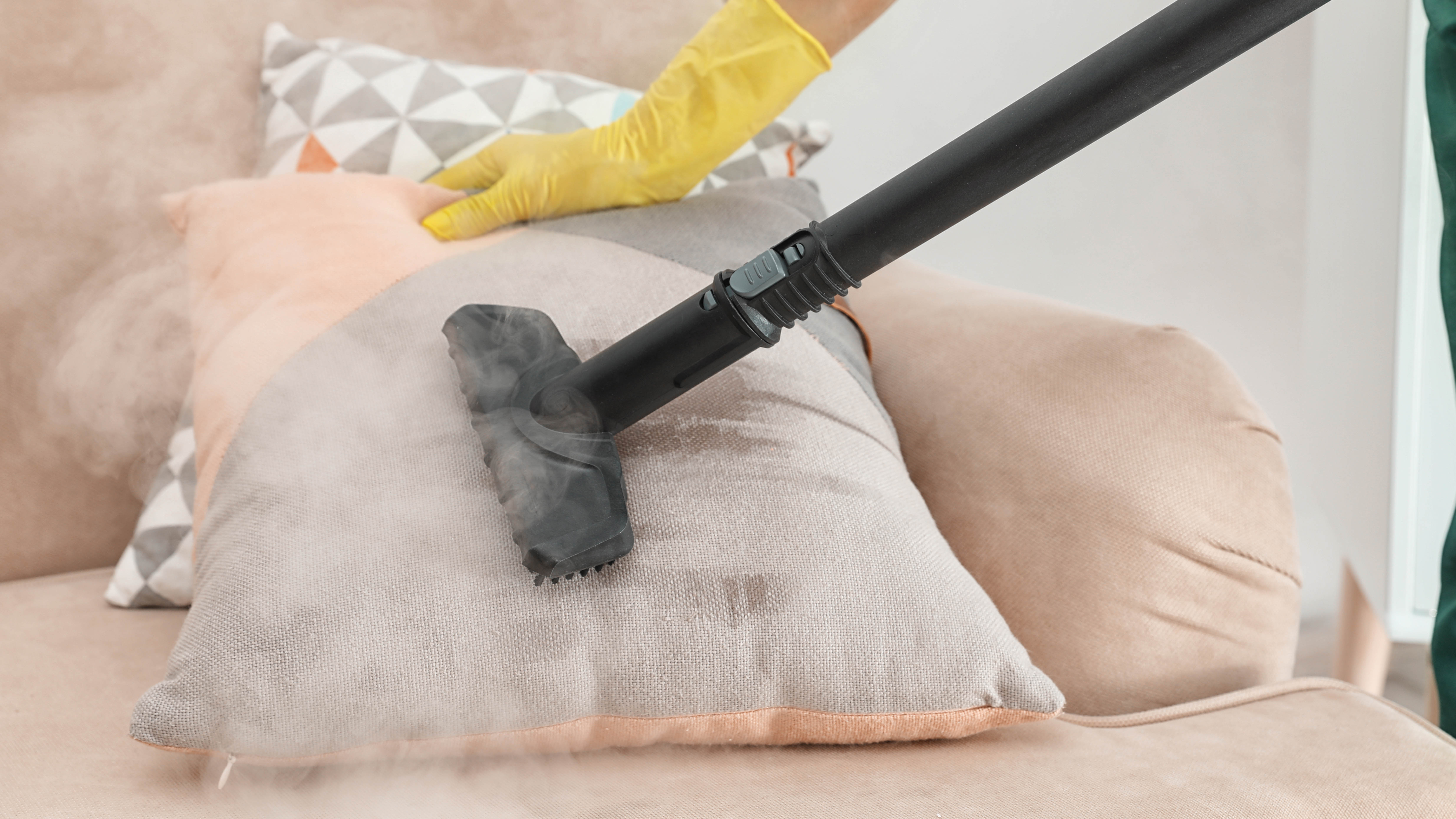
4. Mattress cover — You can bed bug-proof your mattress and boxspring with a cover, such as the SureGuard Mattress Encasement ($54, Amazon). Bed bugs that are locked in will eventually die and external bugs won’t be able to infest your mattress while the cover is on. On that note, be sure to check out how to prevent bed bugs getting into your mattress.
5. Bed Bug Traps — You can also buy dedicated traps to catch stray bed bugs, such as Harris Bed Bug Traps ($4, Amazon). Traps which sit under furniture legs are also popular, such as Lights Out BedBug Pitfall Trap ($23, Amazon).
Chemical methods killing bed bugs
There are also plenty of pesticides available which you can buy and apply yourself if you feel comfortable. If you choose to do this, make sure you follow the instructions exactly. There are different chemical classes, however pyrethrins and pyrethroids are some of the most commonly used compounds. Desiccants are quite effective as well as they dry out the insects, which will eventually kill them.
Harris Bed Bug Killer ($22, Amazon) is a widely used liquid spray, but if you’ve got children or pets around, then EcoRaider Bed Bug Killer ($19, Amazon) may be the better option.
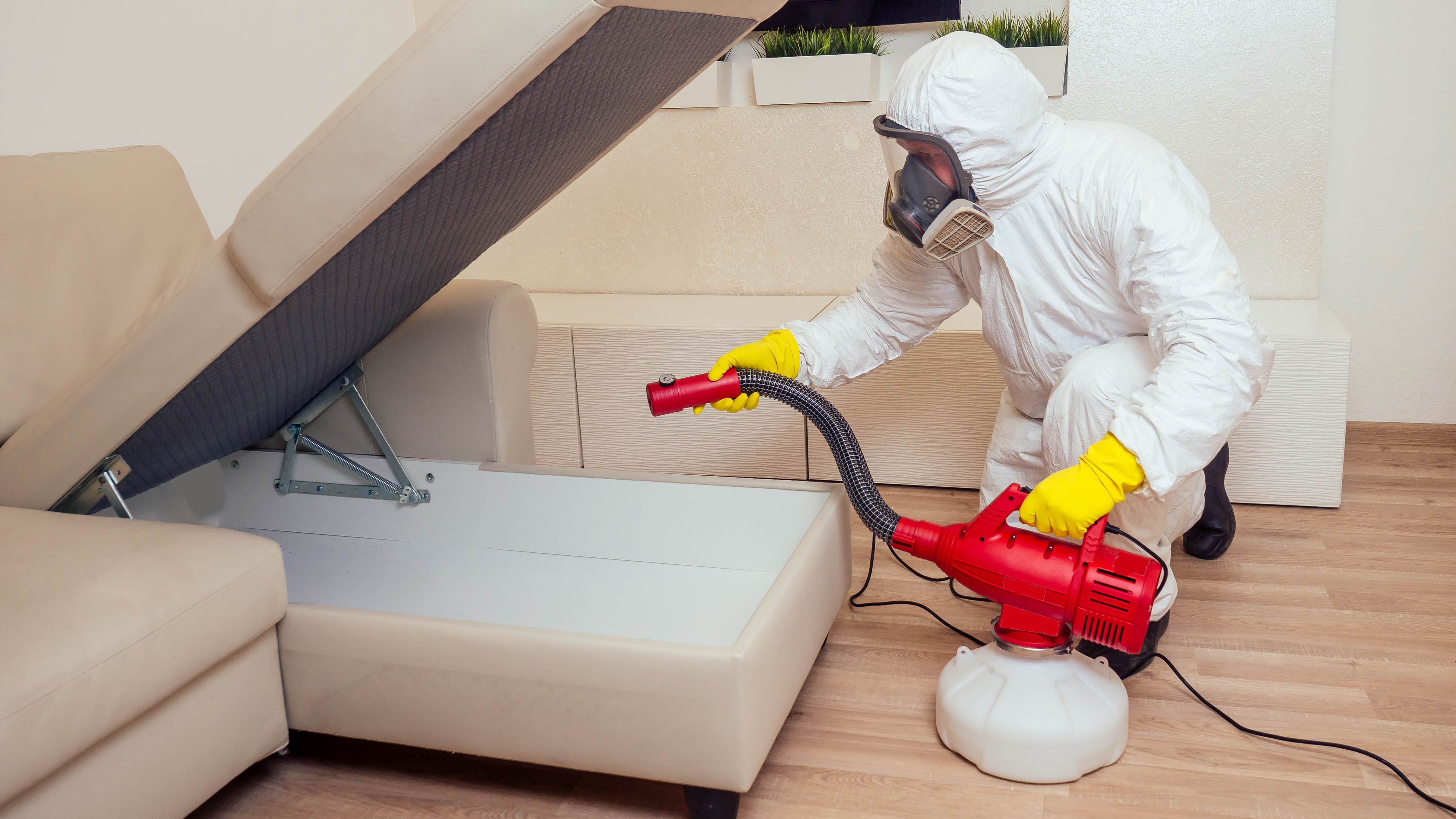
You can also resort to bug bombs or foggers, however these are highly toxic to humans and animals and should be handled with extreme care. You would have to vacate your home during the process. Plus, there’s no guarantee that this would kill every bed bug as it won’t penetrate cracks and crevices.
If you’re not comfortable applying these methods yourself, you can always call in a professional to handle the chemicals.
A final note on bed bugs
Bear in mind that bed bugs can take months to eradicate, so you will have to be both patient and persistent. Check the environment every few days to look out for more evidence of bed bugs. It’s very difficult to catch every bug in one application, plus a fresh batch can hatch from the residual eggs, so re-apply your method and continue to check to see if any remain.
More from Tom's Guide

Katie Mortram used to be a Homes Editor for Tom's Guide, where she oversaw everything from kitchen appliances to gardening tools, as well as smart home tech. Specializing in providing expert advice for cleaning and home manintenance, she now works as Household Advice Editor for Good Housekeeping.
